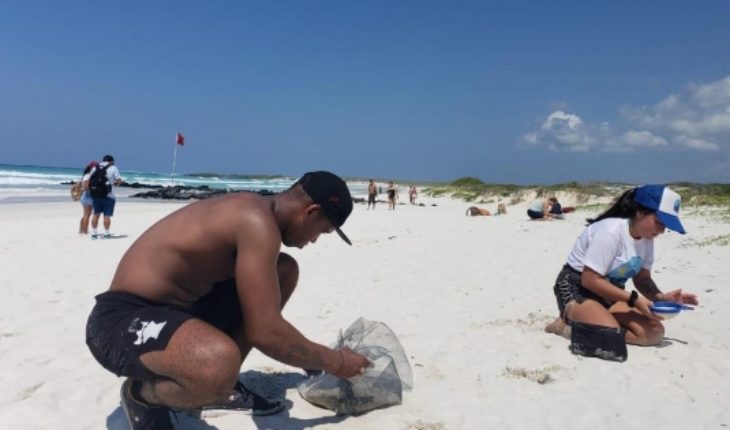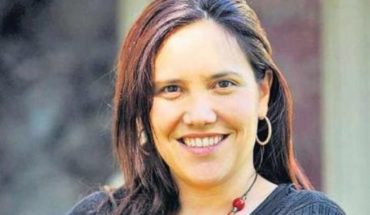“There is no one place in the plastic-free Galapagos,” said Galapagos Science Center researcher Juan Pablo Muñoz last May. During different cleaning days, the volunteers managed to collect almost 22 tons of waste on the beaches of the World Heritage Site, with about 90% being plastic. Waste travels from the coasts of the mainland to the different islands that make up the area, more than 1,000 kilometers offshore, ending up in the stomachs and ecosystems of animals unique to the planet.
One of the most acute hazards is the fact that researchers do not have all the certainties regarding the amount of damage that microplastics are generating. However, today there are different initiatives that are aware of the damage to the islands that kicked the theory of evolution of Charles Darwin. Mingas por el Mar is a non-profit organization that operates thanks to more than 30 volunteers, dedicated not only to maintaining cleanliness on the coasts, but also to raising environmental awareness among the inhabitants of the thirteen islands of the archipelago. Abigail Celis is a coordinator and volunteer with more years contributing to the project.
How did the idea of Mingas come about the sea?
This arises from Guayaquil, Ecuador, on the initiative of Cecilia Torres – the national coordinator – and our great mission as Mingas by the sea is to generate environmental education in the population, in our community. To be able to open the eyes and minds of people who live in a place. And how not to do it in the Galapagos, a paradise that is also a natural heritage of humanity.
We used to see so much natural immensity on the islands, which is gradually degrading itself on the subject of plastic and microplastic. As voluntary mingueros, we carry out an initiative to be able to carry out coastal cleanings, to be able to carry out microplastic hunts, which are those that affect our ecosystems, our endemic flora and fauna, unique in the whole world. We do not want these animals to become extinct in about twenty or thirty years – that in fact there are already species that are in extinction. Beyond being able to preserve our nature, of which I am very proud to be a part, we seek to make our community understand that we live in a paradise: many people do not know what we have, do not know what Galapagos is and I think when you do not know what and you talk you don’t understand why you have to keep it.
One of the ways to make them understand is by informing them, and the only way to do that is by doing environmental education. Not only talk about science or plastics, but generate conversations where human development is expanded, strengthened and a respect for it and our environment can be generated.
Is there national cooperation to protect the Galapagos Islands, or do you think they’re alone in this?
There are certain international agencies and NGOs, private companies – such as the Charles Darwin Foundation – that come and shape projects like ours in the Galapagos. But I feel that there are no rapprochements with our rulers, the people who are in political and important positions. There is no synergy that can generate a force for our problems. It is often a question of names: something that such an NGO did, such a person did. I sense it that way, where it’s a lot of bluffing and I think we’re taking it in a not educational, serious way. Conservation projects are created, and the world is shown what is being done (such as photography, which not only reveals the habitat itself but the effects of plastic). But there is no work in common, a situation where we can say ‘let’s go to work, let’s work for that’. We are still in a position of complaint and not of resolution.
They have recovered thousands of plastic waste during their work. What are you doing with this, or what are you looking to do?
We have manpower in the Galapagos, many artisans. And we’ve considered making art out of these plastics. However we have not landed that research, how favorable it could be. We think not much, because they would eventually return to be a residue and we do not favor having that in the Galapagos.
One perceives a certain abandonment for what are the fishermen of the refuge of maritime life. Do you feel that the new generations of Galapeños take the weight of what is the worry for the seas?
Sustainable fishing is made in such a way that our habitat is not affected. However, I firmly believe that education is the only way we humans can take care of our actions. The only hand that can touch our consciousness to expand our abilities. I believe that everything in the academic curriculums that exist in each school: if there is no information in this regard there will be no way to act. I believe that our generation – and the one behind us – still lacks this information. He lacks awareness, becoming more vulnerable to what’s going on. In this way the technology has not been adequately collected responsibly.





